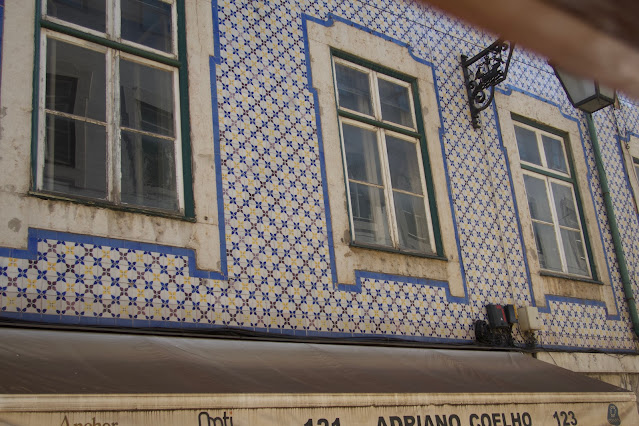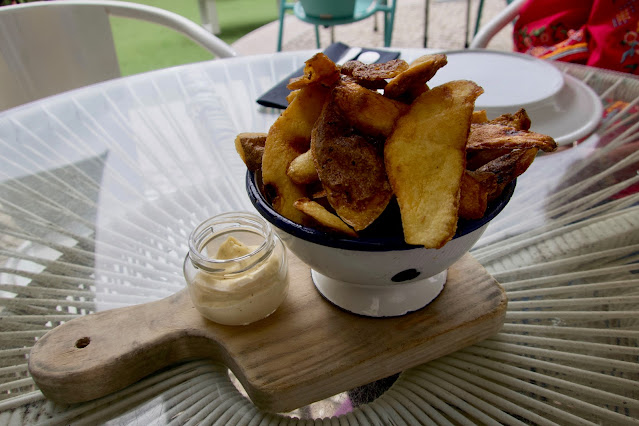A week in Lisbon is tantalizing. I did my best to scratch each photographic impression into my mind, and fold them into memories of the people I met, the smiling faces, and imagines of this wonderful city.
Lisbon is a happy place, remarkably so. Formed by fragmented centuries of war, conquest, fearless explorers who circled the globe, monarchy, revolution, dictatorship, and the never to be forgotten earthquake of 1755 that sent thousands to their eternal rest, and nearly wiped clean the face of Lisbon’s history.
And what about the explorers roaming the seas, and bringing untold wealth and power to one of the smallest countries in Europe? Then moving forward into the modern age of dictatorship and the Second World War, when Portugal stayed neutral and became the chosen nest for spies.
What happened to the Portuguese monarchy? And how did Portugal become a democracy?
But, my intent is not to teach history…well, only with wide and cumbersome brushstrokes between idle moments of sipping wonderful Portuguese wine and tasting the remarkable cuisine.
However, I must add a historical note about the most famous of Portuguese wine, Port. There’s a good reason why so many in Lisbon speak English and why so many of the notable houses of Port, carry English names.
The Treaty of Windsor, signed in 1386, created an alliance between Portugal and England, an alliance still in existence, and the oldest in the world.
Transportation is remarkably handy and inexpensive. The taxi ride from the airport was about $20 and most taxi trips in the city cost about $7, plus the quaint trollies (a perfect way to mix with the natives) and buses are even less expensive and provide you with do-it-yourself tours of the city.
That should be enough historic teasing to make you do a bit of your own research, immediately book a hotel and sign up for a flight. If you want to know more about this fascinating city…Ya gotta go!
 |
The wine is Vino Verde, or green wine. Lightly sparkling and delicious. The croquettes are what else....bacalau, cod fish. |
 |
| One of the countless wonderful restaurants. |
 |
| Lisbon is a city of tiles...everywhere...on the streets, and on the sides of houses |
 |
The Famous Time Out Market. Now a fabulous food court. |
 |
| One of the dozens of food stalls in the market. |
 |
| We stumbled across a huge flea market, looked until we were ready for a cafe and more wine. |
 |
| Note the cobble stone street in the old city. |
 |
| The astoundingly beautiful Jacaranda trees are all over the city. |
 |
| A wonderful salad of thick custard and brie. |
 |
| Inside one of Lisbon's oldest cafes, A Brasileira, opened in 1905. |
 |
| One of the many Tuc-Tucs I wrote about earlier. How else to take a tour through narrow streets of the old city? |
 |
| A very serious dessert! Delicious! Many spoons dipped into this tasty paradise! |
 |
| The famous Bacalau, salt cod, soaked in water before it is grilled. So does it taste salty? Not in the least. Wonderfully delicious. |
 |
| The salmon is also wonderfully delicious! |
 |
| And you must have wine or be thought a heathen. |
 |
| Something about yellow buildings that I find so very appealing. |
 |
Many of the buildings and the old doors date back to the 18th and 19th centuries.
|
 |
| You can't just drink wine! Sometimes you just need a Manhattan. |
 |
| Or maybe a bucket sized gin and tonic. |
 |
| And then there's breakfast... |
 |
| And of course Lisbon's most famous pastry, Pastel de Nata! |
 |
| Lisbon, both old and new are prefect for a stroll. |
I told you this is a wonderful city!!




































No comments:
Post a Comment